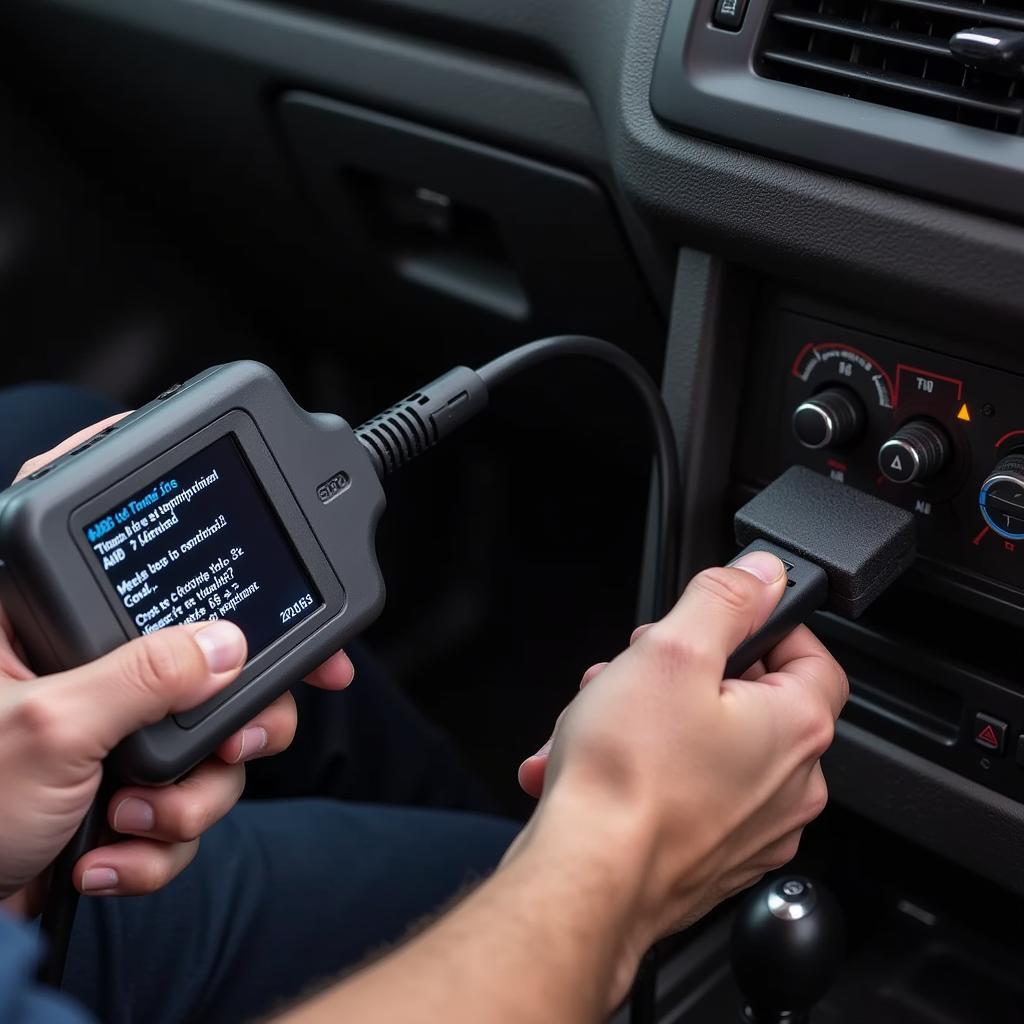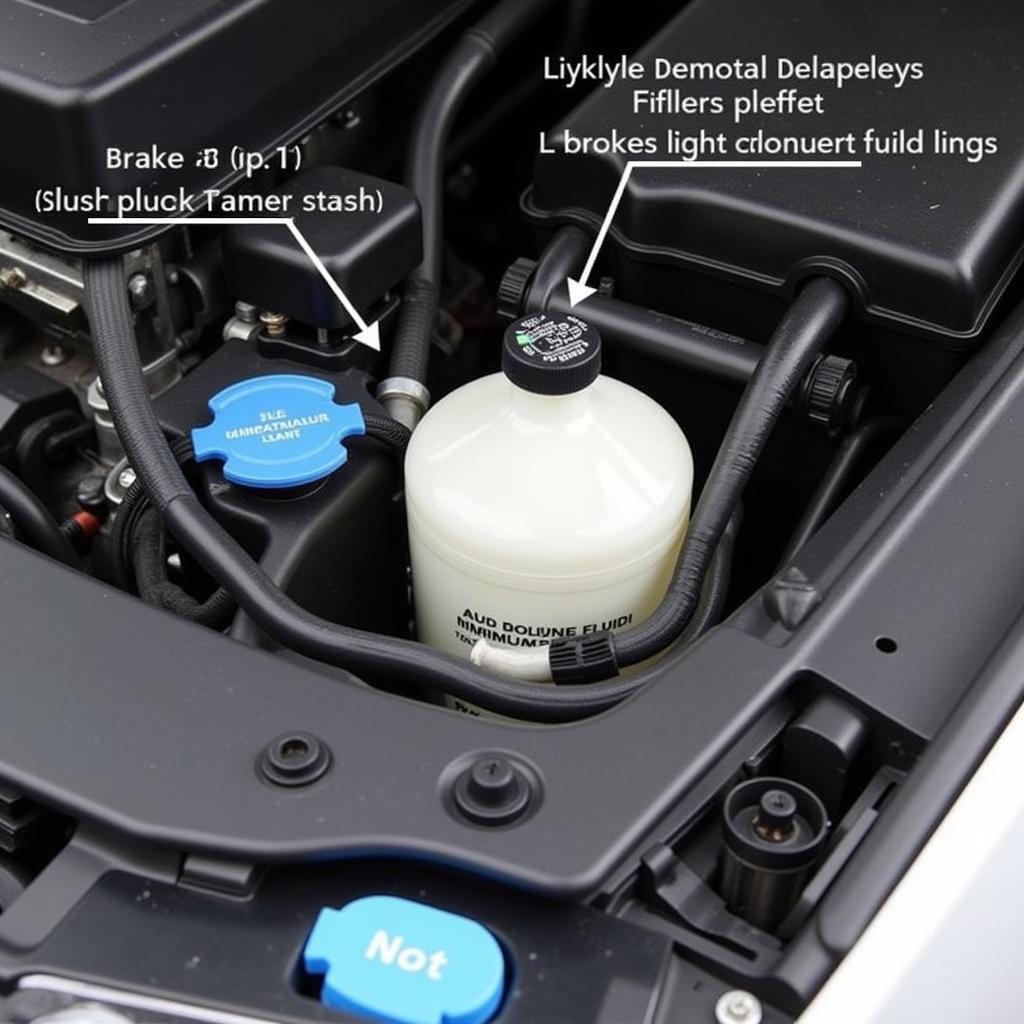The active brake assist warning light on your dashboard is a safety feature you should never ignore. It signals a potential problem with your car’s automatic emergency braking system, which is designed to prevent or mitigate collisions. While seeing this light can be alarming, understanding its causes and knowing how to address them can save you from costly repairs and keep you safe on the road.
What Does Active Brake Assist Do?
Active brake assist, also known as automatic emergency braking (AEB), is an advanced safety system that uses sensors like radar, lidar, or cameras to monitor the distance between your vehicle and the one in front. If the system detects an imminent collision risk and you haven’t reacted, it can automatically apply the brakes to help avoid or lessen the impact.
Common Reasons for the Active Brake Assist Warning Light
Several factors can trigger the active brake assist warning light, ranging from minor sensor obstructions to serious system malfunctions:
- Sensor Obstructions: Dirt, debris, snow, or ice covering the sensors can hinder their ability to judge distances accurately, prompting the warning light.
- Adverse Weather Conditions: Heavy rain, fog, or snow can interfere with the sensor’s signals, leading to temporary system deactivation and triggering the warning.
- Low Battery Voltage: Active brake assist relies on a stable electrical system. A weak battery or electrical fault can disrupt its operation.
- Faulty Sensors: Like any electronic component, the sensors themselves can malfunction due to wear and tear, damage, or manufacturing defects.
- Software Glitches: Modern cars rely heavily on software. A bug or outdated software in the active brake assist system can cause it to behave erratically.
 Active Brake Assist Sensor Obstruction
Active Brake Assist Sensor Obstruction
Diagnosing the Problem
Identifying the root cause of the warning light often requires a diagnostic approach:
- Check for Obvious Obstructions: Visually inspect the front of your car for any dirt, snow, or ice buildup that might be blocking the sensors. Gently clean the sensors if needed.
- Consult Your Owner’s Manual: Your car’s manual will provide specific information about the active brake assist system, including warning light meanings and troubleshooting tips.
- Use an OBD-II Scanner: An OBD-II scanner can read diagnostic trouble codes stored in your car’s computer, providing valuable clues about the system’s status.
 OBD2 Scanner Diagnosing Brake Assist Issue
OBD2 Scanner Diagnosing Brake Assist Issue
When to Seek Professional Help
While some causes of the active brake assist warning light are easily addressed, others demand professional attention:
- Persistent Warning Light: If the light stays on even after cleaning the sensors and checking for obvious issues, it’s crucial to have the system inspected by a qualified mechanic.
- Recurrent Warnings: Frequent warning lights, even if temporary, warrant investigation to rule out any underlying issues.
- Unusual System Behavior: If your car brakes unexpectedly or the active brake assist engages erratically, seek immediate professional assistance.
Remote Diagnostics and Software Solutions
The automotive world is rapidly embracing remote technology, and diagnosing and resolving active brake assist issues are no exception. Some advanced remote diagnostic services can:
- Scan for Trouble Codes Remotely: Connect to your car’s computer system wirelessly to retrieve diagnostic codes, identifying the problem area.
- Analyze System Data: Examine real-time data from your car’s sensors and control modules to pinpoint the fault’s origin.
- Provide Software Updates and Fixes: In cases of software glitches, remote technicians can install the latest software updates or patches to rectify the issue.
 Mechanic Performing Remote Car Diagnostics
Mechanic Performing Remote Car Diagnostics
Tips for Preventing Future Issues
- Regular Car Washes: Keeping your car clean, especially during winter, can prevent sensor blockage from dirt, salt, and grime.
- Park in Covered Areas: When possible, parking in a garage or covered area can shield your car’s sensors from the elements.
- Battery Maintenance: Ensure your car battery is in good condition and fully charged, as a weak battery can disrupt the active brake assist system’s operation.
- Timely Servicing: Adhering to your car’s recommended maintenance schedule can help detect and address potential issues before they escalate.
Conclusion
The active brake assist warning light is a safety-critical signal that should never be ignored. By understanding its potential causes, adopting a proactive approach to maintenance, and utilizing the advancements in remote diagnostics and software solutions, you can ensure your car’s safety systems are functioning optimally, providing you with peace of mind on the road. If you encounter persistent or concerning issues, always seek professional help from a qualified mechanic or a specialized service center.
For more information on specific brake assist warning messages, you can check out our guides on vauxhall astra service brake assist warning, how to reset brake failure warning message on a spyder, and odyssey brake lamp warning light. We also have articles on related topics like aftermarket brake warning radar and lr3 brake warning light.

